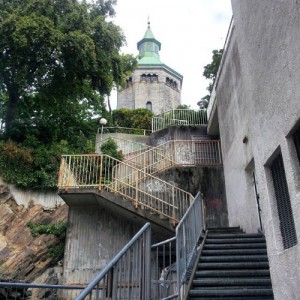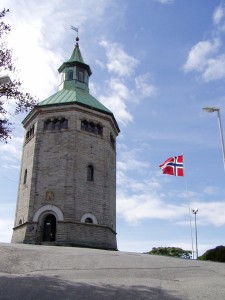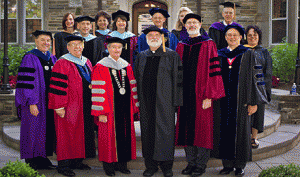Off by bus to the Stavanger International Church. The guest pastor was from South Africa, currently living in England. So the pastor, Joeli, played the piano for the worship team. This Fijian pastor is a rugby coach (with massive shoulders) for the International School and used to live in the Seattle area I’m told. During passing of the peace, I met Lindsey, who is from BC Canada. After the service we talked more. She is in a social work masters which spends a semester in each of Norway, Sweden, Ghana, and Spain (if I remember correctly). Wow!
During the coffee hour (which they really do well with good food and interaction), I talked with women petroleum engineers. One was from Venezuela and the other was from Szechuan, China. The former was married to a Brit and the latter married a Norwegian.
We had been invited to Marta’s home for dinner (the American MK who grew up in Madagascar and married a Norwegian when she returned as an adult). Her daughter just finished her masters thesis for a school in Brussels in international migration. She’s had a summer job working her way up to supply chain/import & export for mostly the petroleum business contractors, so she’s hoping to do supply chain for disaster relief for international humanitarian organizations like Doctors without Borders or International Red Cross. Our host family also invited 2 other American expatriates, another, Kari, who married a Norwegian. Kari is a teacher in the ungdomsskole level, which is Anya’s level. She was so kind and gave Anya her phone number and invited her to call or email with any questions. The afternoon was just a comfortable time in a new friend context. It really was nice.
Marta drove us home so that Anya could go over to her friend’s home and work on a school project. We walked over in the rain. Anya could get us mostly there, but in housing developments where every house looks the same, it is great to have a smart phone with GPS and a map app! I left Anya, walked home, found the place on Google maps and found a more direct route for when I walked back to get her. I’m pretty sure I walked a 10K today (6.2 miles)–all in the rain. I’m glad for my rain pants and found a pair here to borrow for Anya.
I haven’t checked my work email in several weeks and was going to tonight, just as Anya texted to come and get her. So, saved by the text! I guess I need to view it and see if there are things I should be aware of. Sigh! Tomorrow!
With blessings,
Beth




